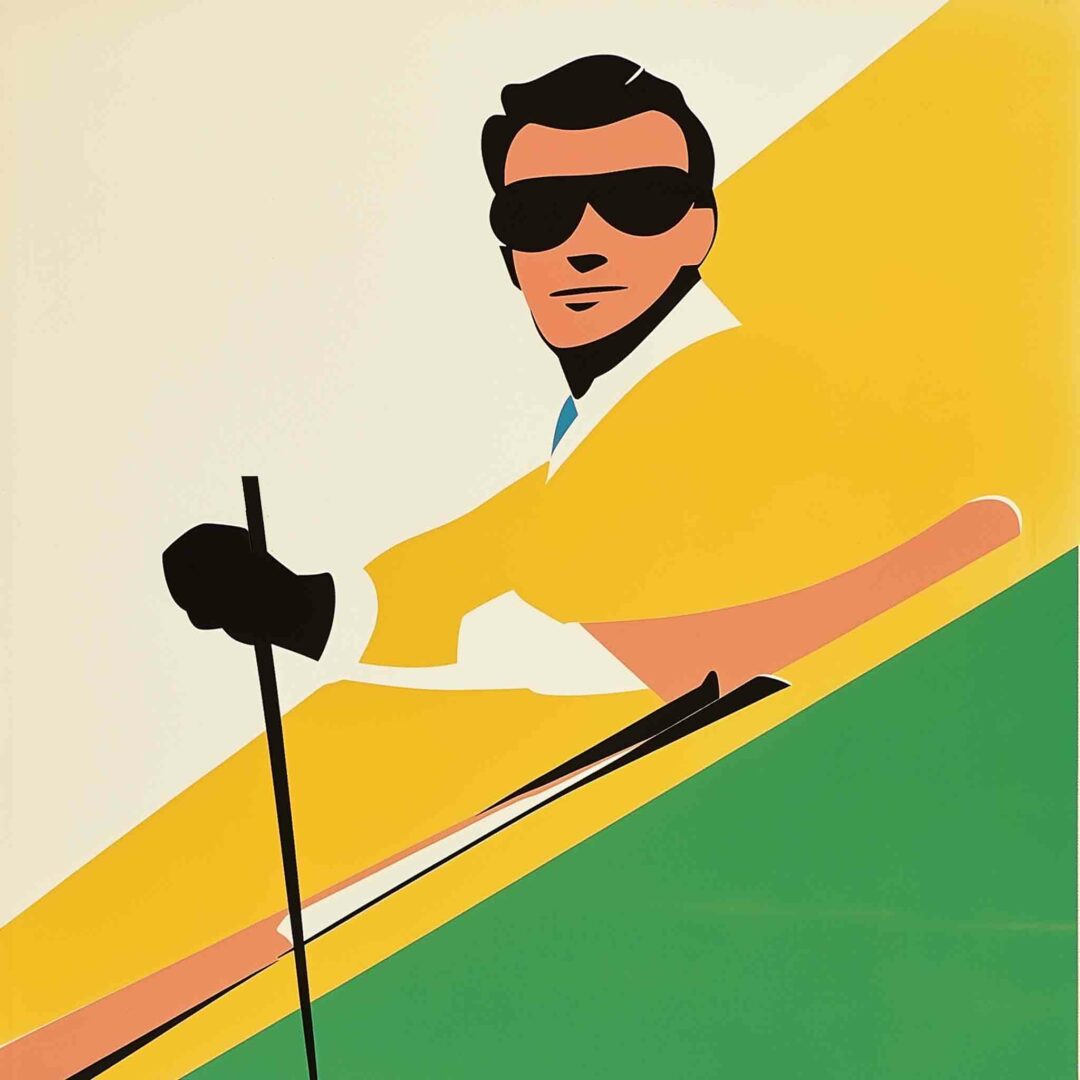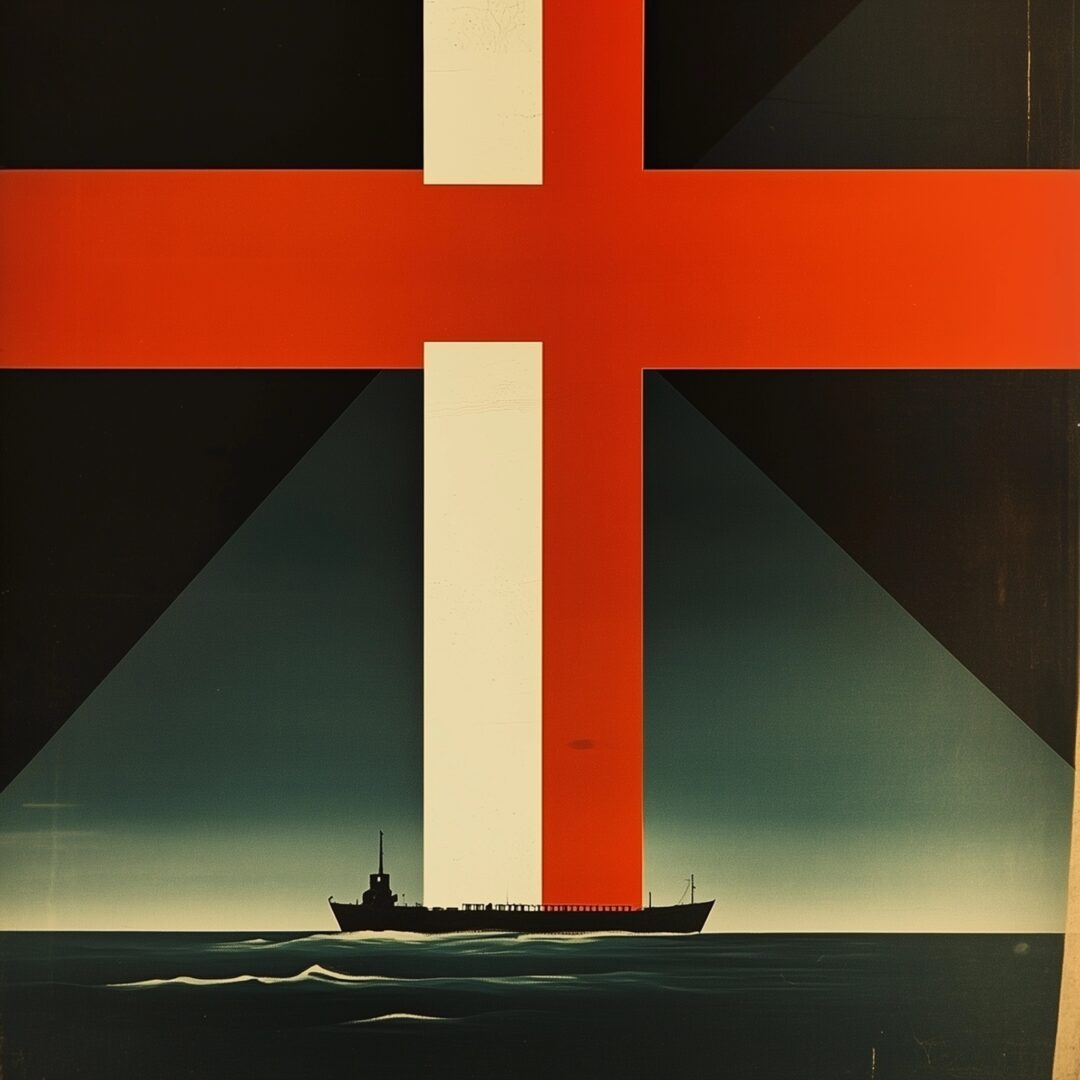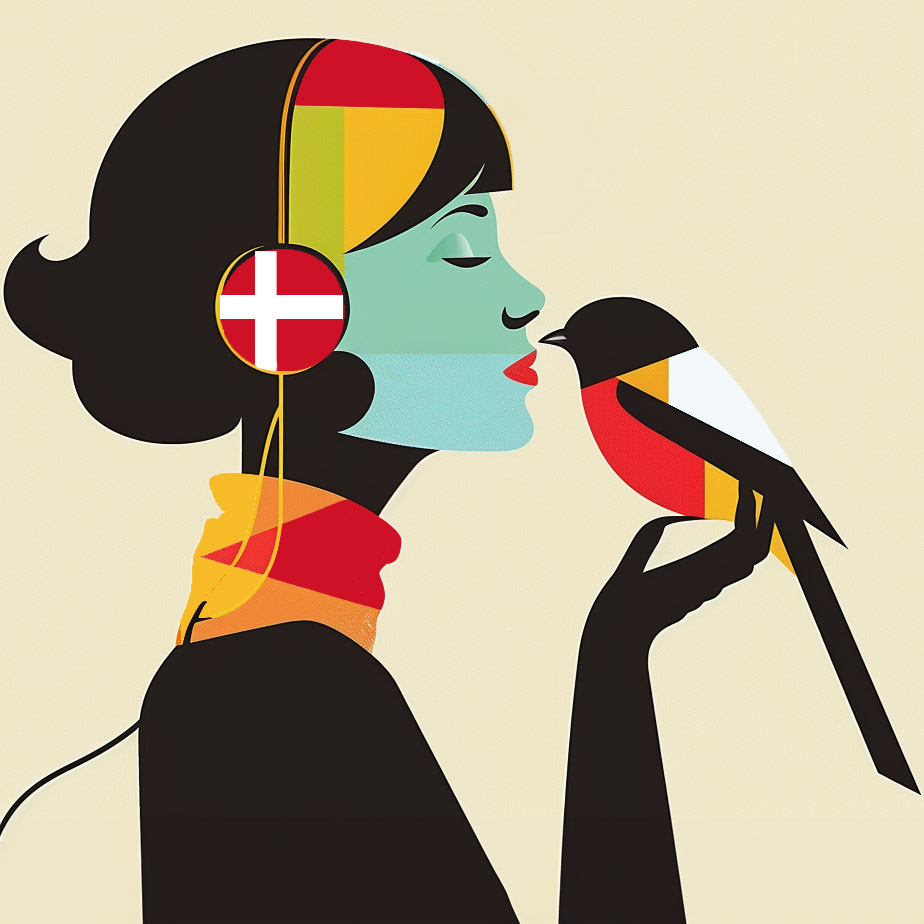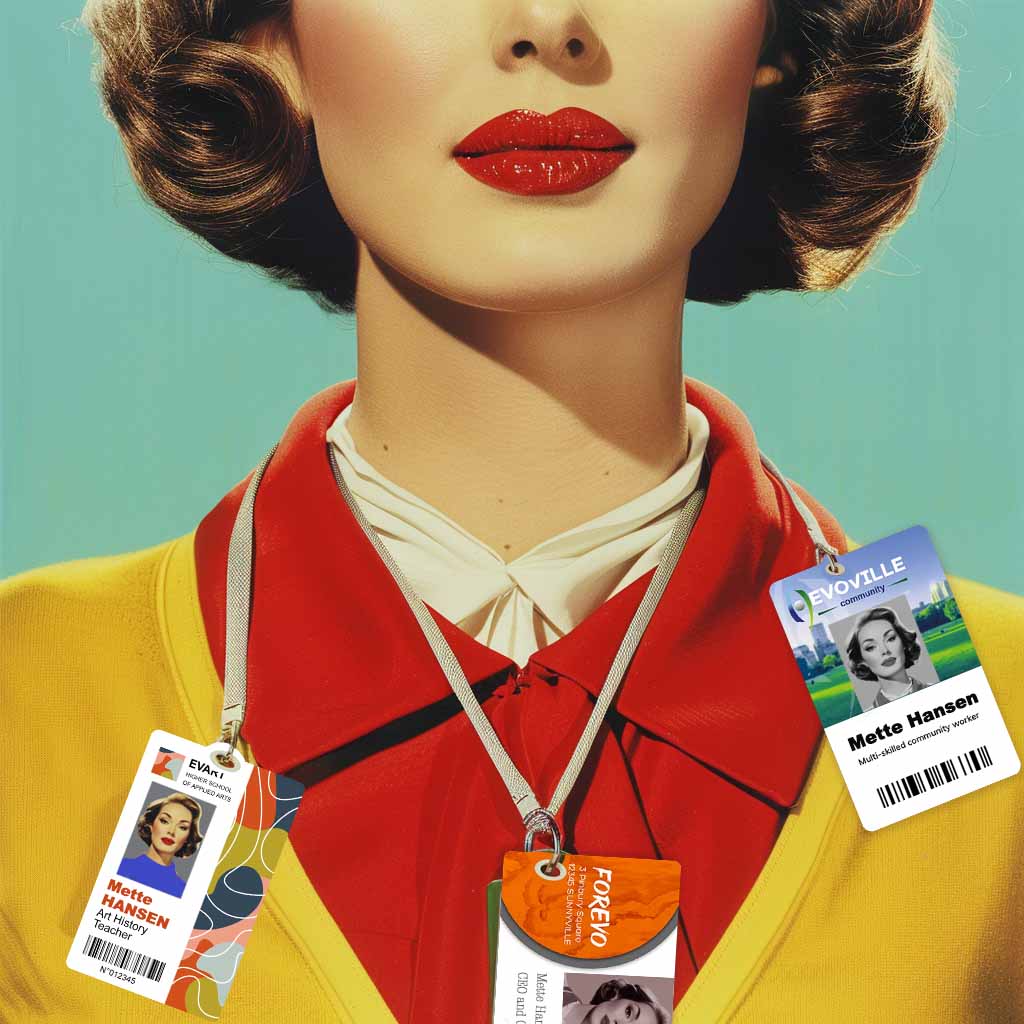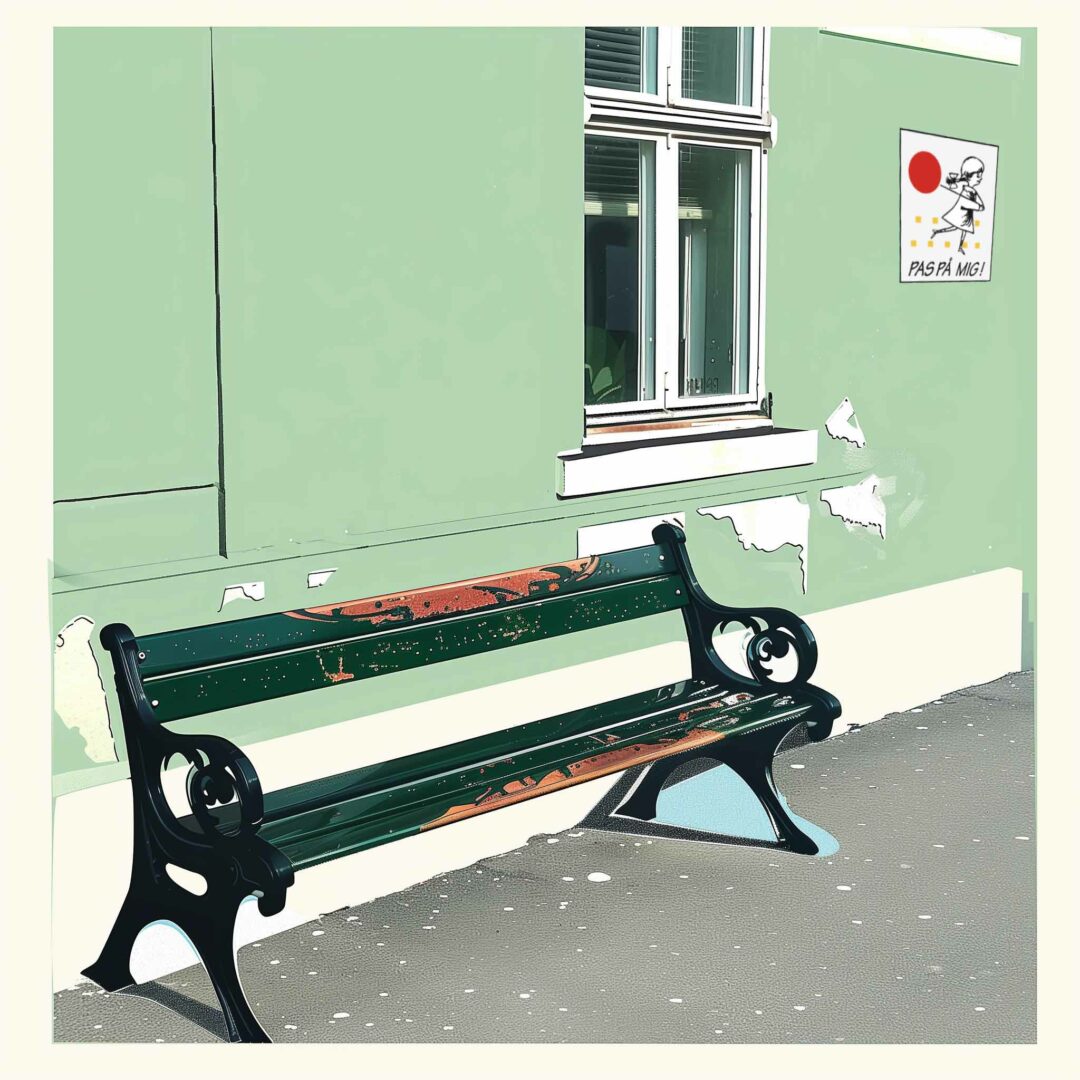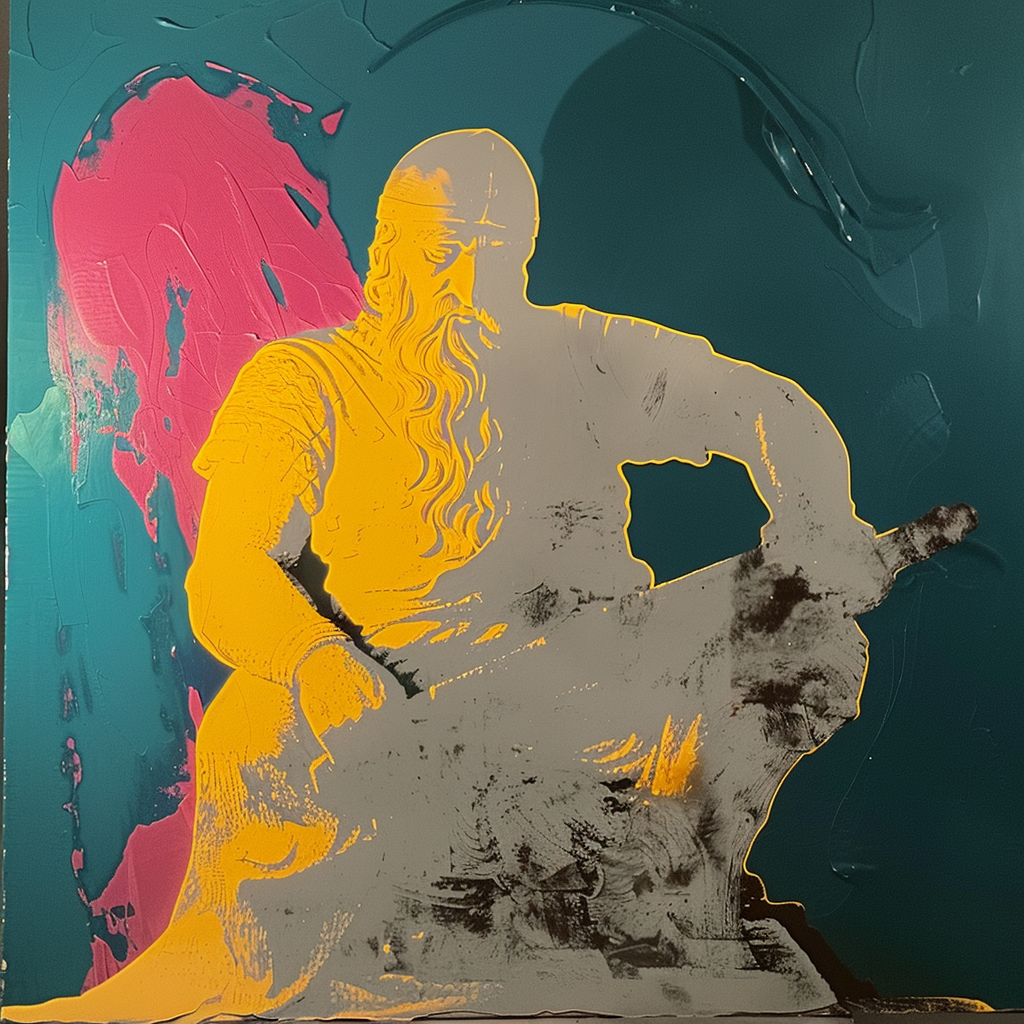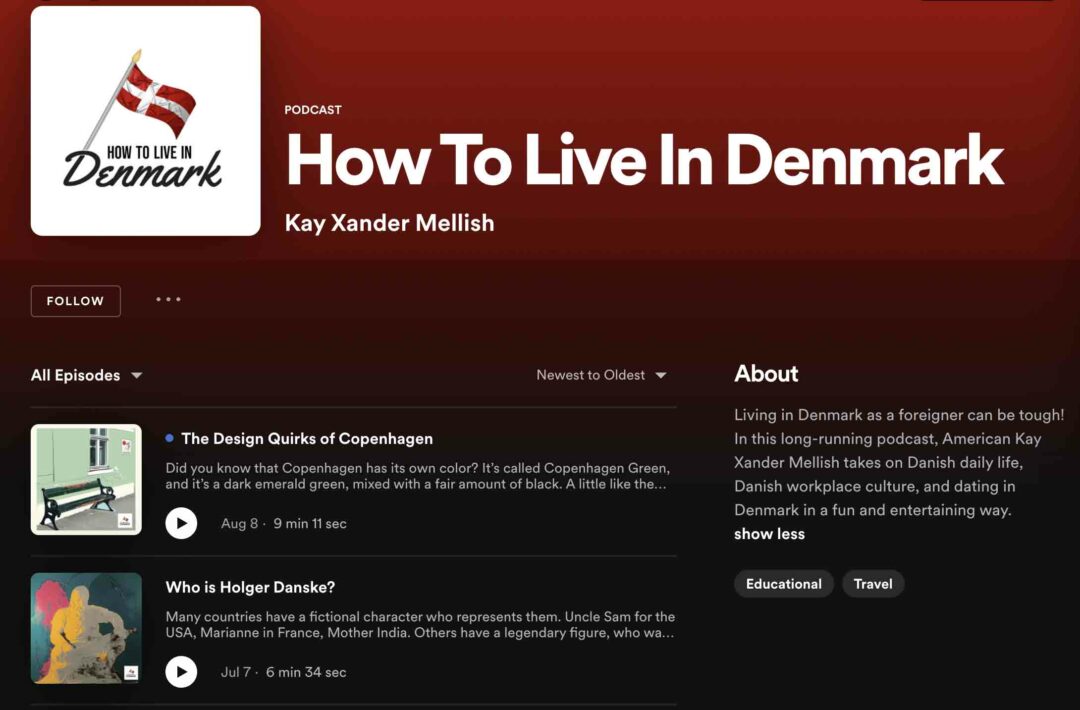I’ve referred to “The Danish Year” before on How to Live in Denmark. It’s a series of events that are simply expected to happen every year in Denmark, even if they aren’t formal holidays. In 2025 I’m going to try to do a podcast every month about aspects of the Danish year, and how they fit into the overall context of where Denmark is coming from, and where it’s going.
“Am I being threatened?”
An international professional newly arrived in Denmark asked me this when he received a note in his apartment building mailbox. Now, this alone is unusual in Denmark. Since everything went digital about 10 years ago, we get very little paper mail. I don’t think I’ve received anything in months.
But he had. He had received a carefully decorated envelope, illustrated with crayon, in which there was a single piece of white paper, cut into a kind of snowflake pattern.
It had some Danish writing on it, a few short lines, maybe a poem. And it wasn’t signed…there were just a few mysterious dots.
The man, a highly educated engineer, was concerned. “Am I going to be kidnapped?” he asked me. “Is this some kind of ransom note?”
Gækkebrev are an old tradition
No worries, he was safe. What he had just received was a gækkebrev, or gække letter, named after the vintergække flower that used to come with these letters in the 1800s.
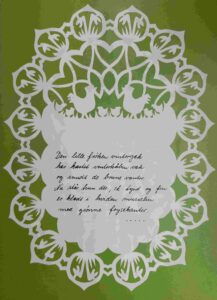 Gækkebreve arrive just before Easter, and they are always carefully cut from a single piece of paper, usually in an elaborate pattern. The poems are usually standard, copied from a book, and they are anonymous, but the mysterious dots they are signed with correspond to the number of letters in the sender’s name.
Gækkebreve arrive just before Easter, and they are always carefully cut from a single piece of paper, usually in an elaborate pattern. The poems are usually standard, copied from a book, and they are anonymous, but the mysterious dots they are signed with correspond to the number of letters in the sender’s name.
So if I sent you a gækkebrev, I would sign it with three dots, for K-A-Y.
If you can guess who sent the letter, I owe you a chocolate Easter egg. If you can’t then you owe ME a chocolate Easter egg.
Thus, gækkebreve are very popular with small children looking for candy.
My guess was that maybe this engineer had a young child or young neighbor who might have made this at school. And he did.
Traditions vs. digitalization
Gækkebreve are a great Danish tradition, but like many other Danish traditions, they are fighting with the country’s ambitious digital agenda.



